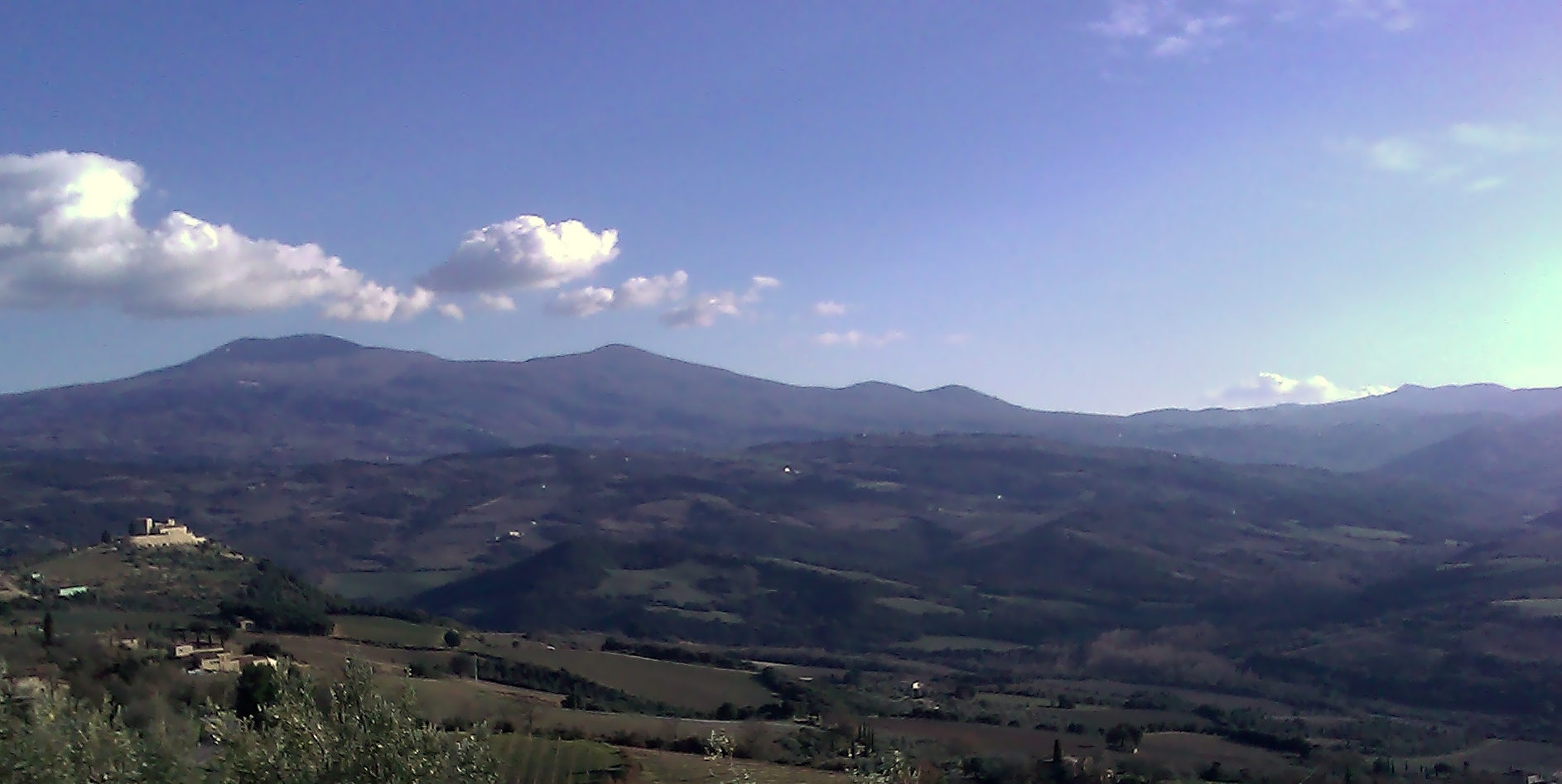Brunello depression
Posted on 22 February 2011
My next stop in Italy after Chianti (written up here) was Montalcino where I sampled through the newly released 2006 vintage of the famous Brunello. Although it boasts a century-old history of excellence, Brunello is better known internationally for the scandal that broke out in spring 2008 when it was revealed that some producers illegally were adding other varieties to Sangiovese (by law, Brunello must be 100% Sangiovese).
The Brunellogate affair is now officially over, but tensions continue (including a recent – rejected – attempt at modifying the rules of Montalcino’s less expensive wine, Rosso di Montalcino, to allow other grapes than Sangiovese), and to be honest it’s now a rather depressive place with plenty of undercurrent animosities and bad energy. The vineyard area here has tripled over the last decades and there are now no fewer than 250 producers, many of which have invested considerable sums of money at the height of the market, only to find themselves with bank loans and full cellars of unsold wine after the global economy plummeted. Their frustration can be felt – not only metaphorically – in the stretched, overextracted, overoaked, charmless style of many Brunellos, including from the 2006 vintage, theoretically a 5-star one (although 4 would be a fairer score for what’s in the glass).
Although the world – and certainly the critics – are turning away from Parkerized blockbuster-style wines, and while the colours of 2006 Brunellos are clearly much lighter and more transparent rubies than ever before, Brunello at the moment seems stuck in a stylistic limbo. There might be fewer coconut-chocolatey oaky concoctions than a few years ago, but not so many samples were showing the poised bitter cherry vibrancy and the understated aristocratic elegance that this appellation is reputed for. The challenge of Sangiovese is to push less, not more; underextraction is better than overextraction in this grape with potentially abrasive tannins, and a lightness of touch really pays back. Yet few producers have resisted the temptation of pulling out all the stops in 2006. Even perennial favourites such as Fuligni, Lisini, Costanti and Lambardi have failed to make a big impression on me. There are some very good wines – I’d name La Fiorita, Tassi, Mastrojanni, Poggio Antico, Uccelliera, Pietroso, Casanova di Neri and (surprisingly, given their size and record) Col d’Orcia – but almost none that at this infant stage would be really stunning.
I’d make one exception for Poggio di Sotto, an ultratraditional estate in a lovely location at the eastern boundary of Montalcino. (I tasted this outside the comparative tasting, during a visit in situ). After five years in oak instead of the prescribed two, Piero Palmucci’s Brunello is bursting with life and has all the depth of flavour, crisp finesse and electrifying vibrancy that are lacking in so many other wines here. Embarrassingly for other estates, the Poggio di Sotto 2006 Rosso di Montalcino is also better than 60% of Brunellos (although it’s in their price range too). A visit to the incurably energetic and optimistic Piero Palmucci was the solitary spot of sunlight on Montalcino’s depressive panorama this year.
Disclosure
My trip to Tuscany including flights, accommodation and wine tasting programme is sponsored jointly by the consorzios of Chianti, Vino Nobile, Brunello di Montalcino and Sangiovese di Romagna.





